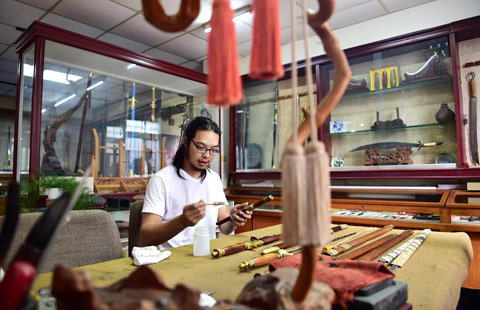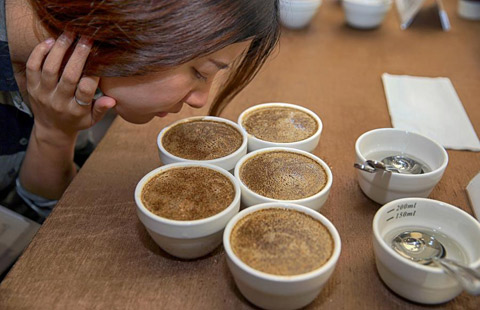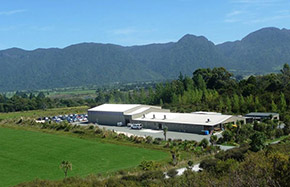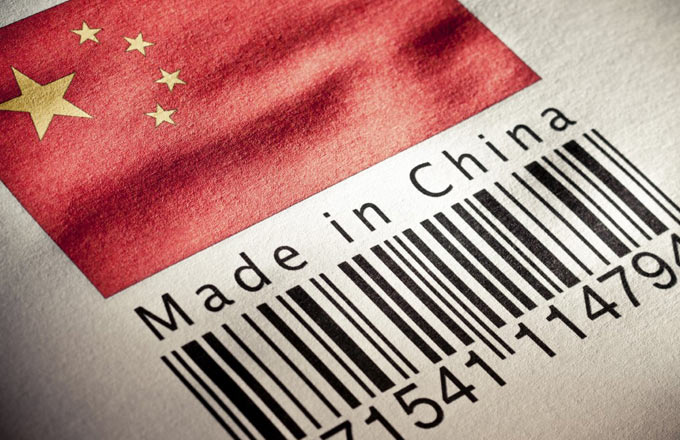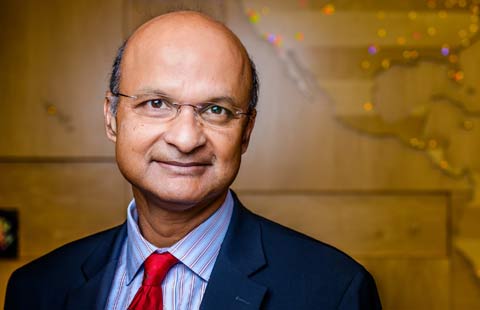China's central SOEs continue efforts to cut overcapacity
BEIJING - China's central government-administered State-owned enterprises (SOEs) have pledged to continue to cut production overcapacity in some industrial sectors, aiming to reduce steel capacity by 5.95 million tons and coal by 24.73 million tons.
"Detailed plans have been made by central SOEs," said an insider who prefers to remain anonymous.
For example, China Huaneng Group, a power company, is considering cutting 9.14 million tons of coal production capacity by the end of 2018 while dealing with 16 of the group's "zombie companies."
China Poly Group Corporation, a State-run conglomerate, has vowed to close inefficient coal mines and reorganize 39 of its subordinate companies to improve profits.
The latest efforts by the central SOEs will reinforce their achievements made in 2016 in reducing overcapacity.
Last year, the central SOEs eliminated steel production capacity by more than 10.19 million tons and coal capacity by over 34.97 million tons, both beating annual targets.
The capacity cut drive by central SOEs is only a part of China's bigger picture in slashing overcapacity.
The country aims to curtail steel production capacity by around 50 million tons and coal by at least 150 million tons this year, a key part of the country's supply-side reform.
To improve its growth quality and efficiency, China began its supply-side structural reform in 2015 to cut overcapacity, reduce inventory, deleverage, lower costs and strengthen weak links.
"China's SOE reform is an important link in pushing forward supply-side structural reform," said Li Jin, chief researcher with the China Enterprise Research Institute.
Realizing the significance of SOEs to the country's sustainable growth, China launched a series of reforms including cutting capacity, managing "zombie companies," cutting excessive layers of hierarchy and calling for innovation among these firms.
Overcapacity, poor corporate governance, and low labor productivity had dragged down profits of China's SOEs, which deteriorated in 2015.
In 2016, China's central SOEs cut 2,730 subsidiary legal entities and saved 4.91 billion yuan in management costs, according to the State-owned Assets Supervision and Administration Commission, the SOE watchdog.
Thanks in part to the efforts, China's central SOEs saw profits rise slightly. Growth last year picked up from a 5.6-percent decrease in 2015.
In 2016, central SOEs made total profits of 1.23 trillion yuan ($178 billion), up 0.5 percent year on year, according to the SOE watchdog.
This year, China pledged in its annual government work report to deepen SOE reform, promising measures such as introducing a mixed-ownership system and more efforts to make SOEs leaner, healthier, and perform better.
China has 102 centrally administered SOEs, which manage the bulk of the country's State assets.
The improving figures of the SOEs contributed to the country's broader economy, which has shown more signs of stabilizing since the second half of 2016, with indicators including factory prices and industrial profits seeing significant improvements.









